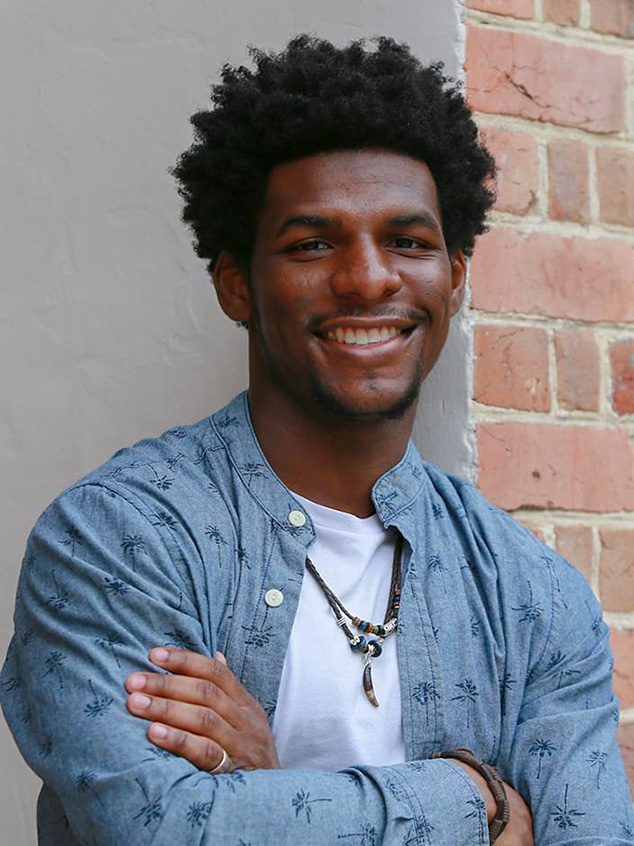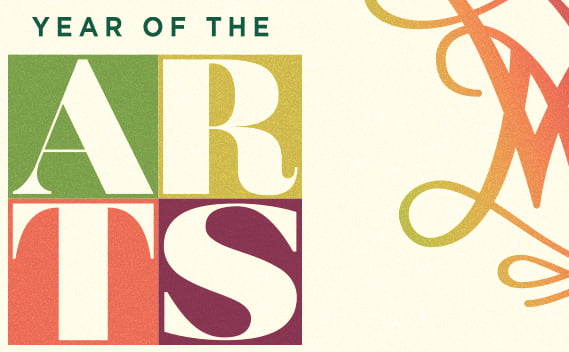History & Traditions
Not many universities can say they've canceled classes because 'the British invaded.'
William & Mary is the second-oldest institution of higher learning in America. While our original plans date back to 1618 — decades before Harvard — William & Mary was officially chartered in 1693.
Founded by Royal Charter
On February 8, 1693, King William III and Queen Mary II of England signed the charter for a "perpetual College of Divinity, Philosophy, Languages, and other good Arts and Sciences" to be established in the Virginia Colony as "The College of William and Mary in Virginia."
Workers began construction on the Sir Christopher Wren Building, then known simply as the College Building in 1695, before the town of Williamsburg even existed. Over the next two centuries, the Wren Building would burn on three separate occasions, each time being re-built inside the original walls. That makes the Wren the oldest college building still standing in America, and possibly the most flammable.
Alma Mater of the Nation
William & Mary has been called the Alma Mater of the Nation because of its close ties to America's founding fathers. A 17-year-old George Washington received his surveyor's license through W&M and would return as its first American chancellor. Thomas Jefferson received his undergraduate education here, as did presidents John Tyler and James Monroe.
W&M is famous for its firsts: the first U.S. institution with a Royal Charter, the first Greek-letter society (Phi Beta Kappa, founded in 1776), the first student honor code, the first college to become a university and the first law school in America.
William & Mary became a state-supported school in 1906 and went coed in 1918. In 1928, John D. Rockefeller, Jr. chose the Wren Building as the first to be returned to its 18th-century appearance as part of the iconic Colonial Williamsburg restoration.
Learn more about our unique history and love of traditions:















